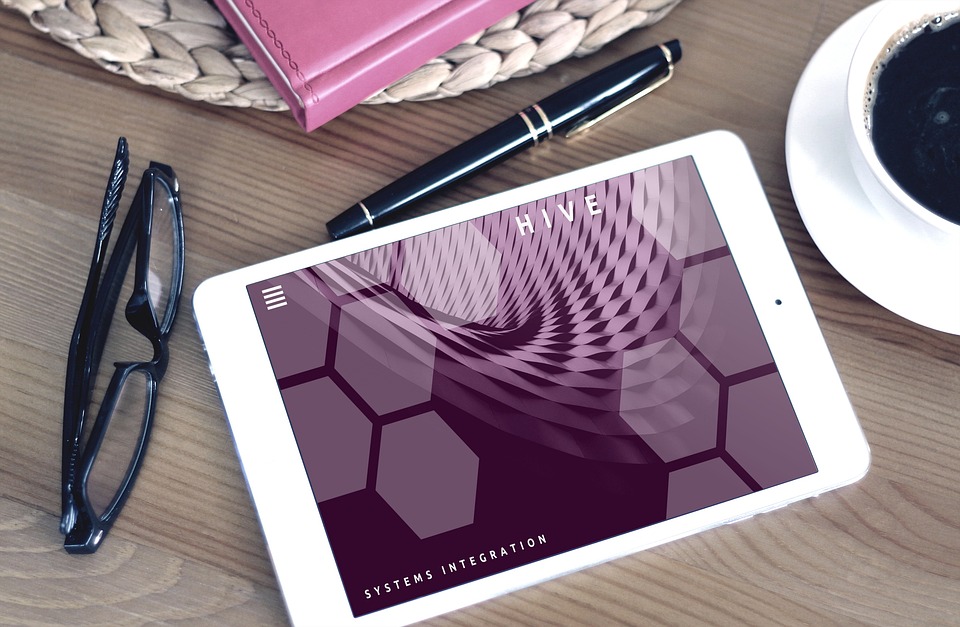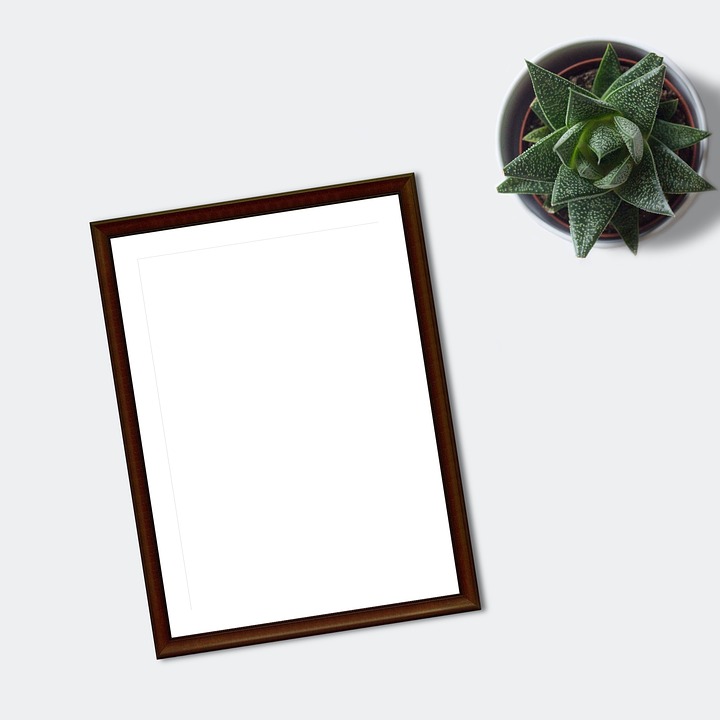As we usher in the new year, it’s crucial to understand the emerging trends that are expected to shape the web design industry in 2021. While some of the trends are merely an extension of the previous year’s trends, others are entirely new and revolutionary. Here are the top seven web design trends that every designer should keep an eye on this year.
1. Minimalism & Simplicity:
Minimalism has been gaining traction for years, and in 2021, it is expected to become dominant in web design. Instead of using complicated and intricate designs, designers are learning to embrace simplicity and minimalism. Websites are now going for clean and uncluttered designs with less text, fewer graphics, and a focus on white space.
2. Dark Mode:
Dark mode is another trend that became popular in 2020, and it is likely to continue its dominance in 2021. It is a design that uses a dark background and light text to create a unique user interface. This design not only reduces eye strain but also saves battery life, making it a favorite among users.
3. Responsive Design:
To remain competitive in the market, websites must be accessible, and responsive design is a trend that ensures cross-device compatibility. With mobile phones now accounting for more than half of all Internet traffic, responsive designs are crucial for website owners who need to provide a seamless experience for their users across all devices.
4. Voice Search:
As virtual assistants like Siri and Alexa become more commonplace, voice search is expected to become a game-changer in web design. Developers are now incorporating voice search features into their websites, allowing users to search for information by speaking to the device. This trend has taken a significant step forward, and it is expected to continue growing in 2021.
5. Micro-Animations:
Micro-animations are small design details that make a big impact. They are used to add structure, emphasize a specific function, or provide feedback to users. In 2021, designers are expected to use more micro-animations, which improve the overall user experience and make the website more engaging.
6. 3D elements:
3D images and design elements are becoming increasingly popular in web design, as they add depth, interest, and realism to the website. In 2021, the demand for 3D elements is expected to increase as virtual reality and augmented reality continue to gain popularity.
7. Accessibility:
Accessibility is a growing concern among web designers, who are committed to designing websites that are accessible to all users, regardless of their physical or cognitive abilities. In 2021, more designers are expected to take steps to ensure that their websites are structured to conform to accessibility guidelines.
In conclusion, the top trends in web design for 2021 focus on creating simple, elegant, and functional designs that prioritize user experience. These trends are an extension of previous years but with some new developments that build upon the existing ones. Web developers and designers must keep an eye on these trends to stay ahead of the competition and deliver high-quality websites that meet the needs of consumers.




